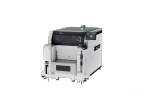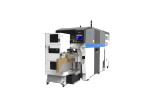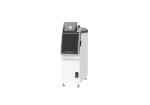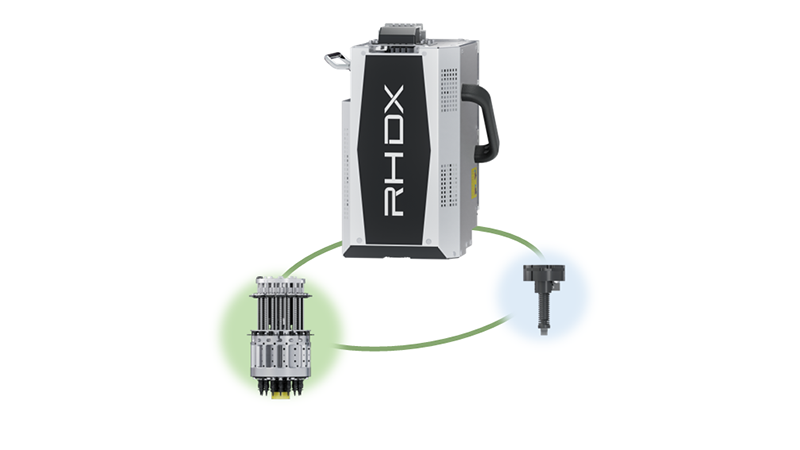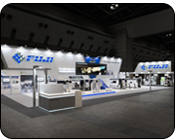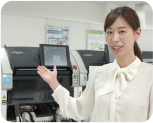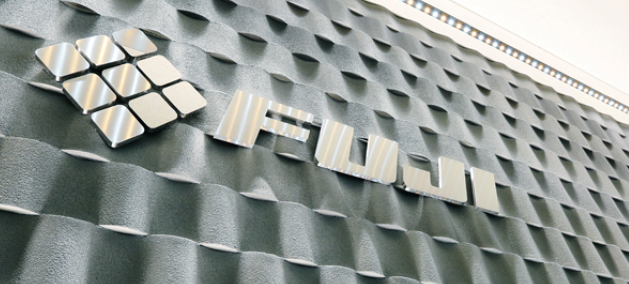Available online seminars
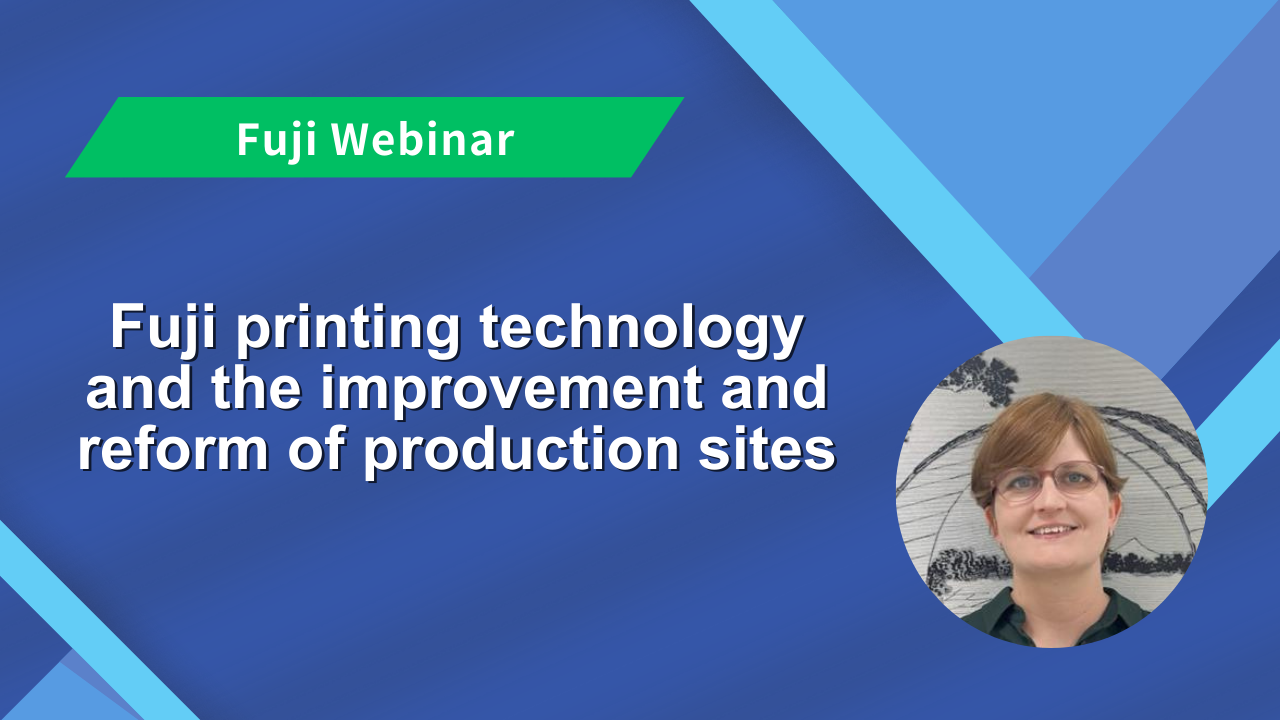
The contribution Fuji printers make to printing technology and the improvement and reform of production sites
Electronic panels are evolving to cater to a wide range of applications, including larger panels for cloud computing and AI services, ECU panels such as those for inverters for automotive applications, and thinner panels for SiP and package manufacturing. As panels become more diverse and sophisticated, with greater complexity, the difficulty presented when solder printing on these panels also increases. The workload associated with changeover also increases. We will introduce how Fuji’s printers help to improve these circumstances surrounding solder printing and ensure stable printing.


